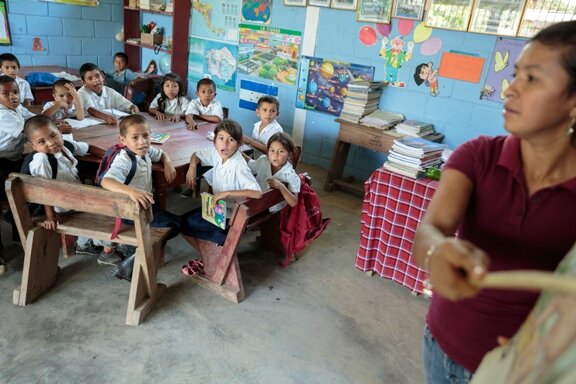By Dr. Mirta Roses Periago, NTD Special Envoy
As NTD Special Envoy to the Global Network, I am delighted to share with you a great story: the neglected tropical disease (NTD) project in Recife, Brazil won the award for best work experience in surveillance, prevention and integrated control of NTDs, including leprosy, leishmaniasis and other communicable diseases related to poverty, during the 13th EXPOEPI held in October 2013 in Brasília. The NTD project in Recife is a joint effort between the local governments and the Inter-American Development Bank (IDB), the Pan American Health Organization (PAHO) and the Global Network for Neglected Tropical Diseases of the Sabin Vaccine Institute.
Organized by the Secretariat of Health Surveillance of the Brazilian Ministry of Health, the National Exhibition of Successful Experiences in Epidemiology, Prevention and Diseases Control (EXPOEPI) brings together managers and technicians in public health from all the federative units to discuss relevant matters in their field and share experiences with one another. Around 3,000 people participated at this year’s event. Dr. Jarbas Barbosa, Secretary of Health Surveillance of Brazil, said that the importance of this event comes from the motivation and belief that planned actions that are properly implemented, monitored and evaluated can make a very positive difference in the health of the Brazilian population.
The award specifically recognized the success of the NTD project in the Recife metropolitan area in preventing and controlling communicable diseases through building integrated teaching tools to motivate the teaching-learning processes of students. Because of this project, 16 thousand students are learning about NTDs and, most importantly, about how to treat and prevent infection. The program is being implemented in three cities in the Pernambuco state (Recife, Olinda, and Jaboatão dos Guararapes) by the local health departments and the Institute of Integral Medicine Professor Fernando Figueria (IMIP). It addresses four NTDs present in the metropolitan area (leprosy, lymphatic filariasis, soil-transmitted helminths, and schistosomiasis) through education, diagnosis, treatment, and prevention activities.
Forty-two public schools in the Recife metropolitan area are implementing the program, indirectly benefiting an additional 70 thousand family members because of the health education and prevention activities, as well as the medical assistance, diagnosis and treatment of the diseases. Additionally, encouraged in large part by the positive results of the project, the Ministry of Health of Brazil conducted a nation-wide campaign to address leprosy and intestinal parasites in March 2013.
We invite you to watch the video “A Small Revolution: A Comprehensive Approach for Neglected Tropical Diseases” to learn more about how the education components were integrated into the school system, to improve the health of the communities of the Recife metropolitan area. You can also view photos of the community social mobilization here.
You can also watch the video “” to see some of the educational videos that were produced for the NTD project in Recife, in collaboration with the Mediateam Company.
I encourage you to share your stories with us, as well as to feel inspired by our experiences and take action, sponsor or initiate similar activities so that we can together celebrate the end of NTDs in this generation.



